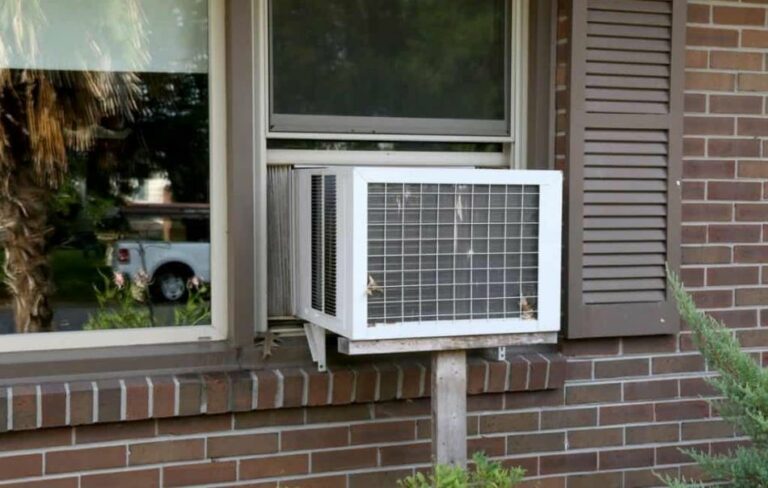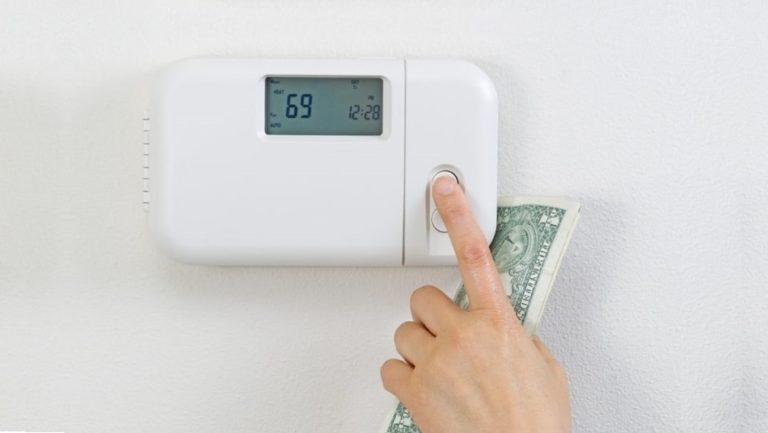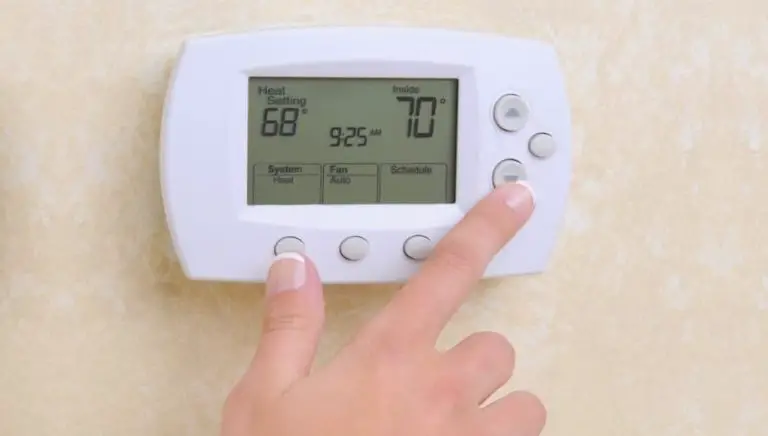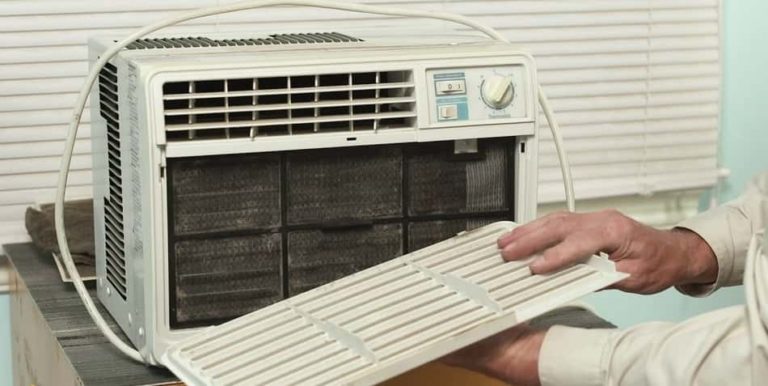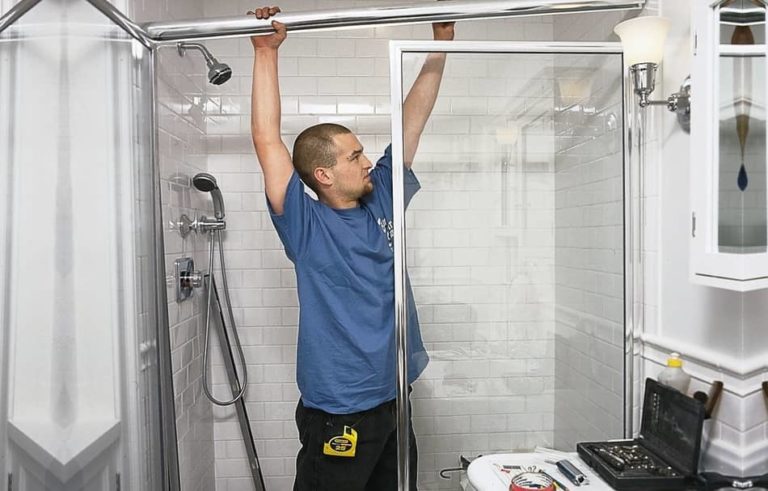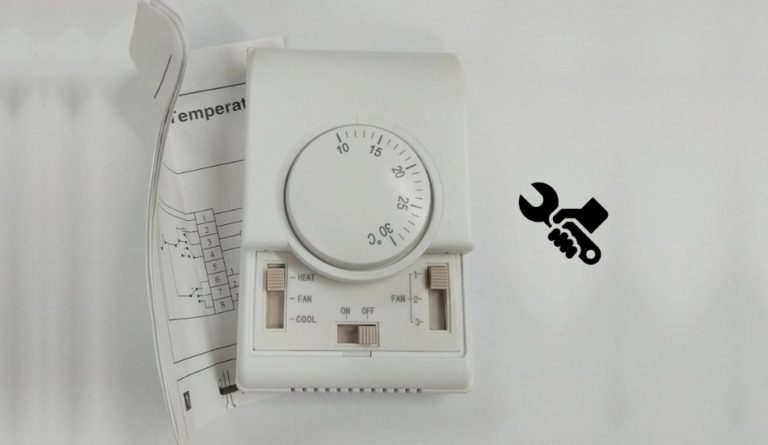Water Heater Leaking From Bottom: How To Fix It?
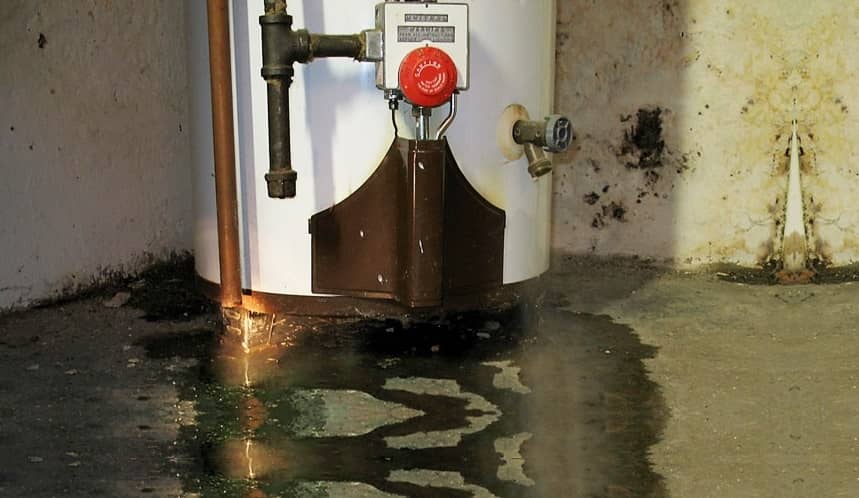
Today, water heaters are used in all households and are one of the mandatory items that every house needs to have. But like any other appliance, they break down also. If your water heater is leaking from the bottom, it is certainly a slightly more serious problem than you think. One way you can find out if this is the case is to look underneath your water heater and see if there is a pool of water.
This is usually a common place where you can find a leak and this problem should be fixed as soon as possible. There are multiple reasons why this problem occurs and why your water heater leaks. In this article, we’ll talk about how you can easily identify the problem and how to solve your leaking water heater problem. So, let’s start.
Table of Contents
How To Fix a Water Heater Leaking From The Bottom?
So How To Fix a Water Heater Leaking From The Bottom? Usually, the water heater leaking from the bottom indicates that the problem can be in a loose or broken drain valve or in the internal tank. If the drain valve is leaking or it is faulty it needs to be replaced. If the water is leaking from the nozzle, then you need to tighten the knob on.
When the problem is with the internal tank, then in most cases it is necessary to buy a new water heater and replace it.
Be sure to read also, How Much Electricity (Energy) Does a Water Heater Use.
Determine Where The Leak Is Coming From
Once you have established that your hot water heater is leaking from the bottom, there are three main issues that are the cause of it. Let’s take a look at each one:
1. Temperature & Pressure Relief Valve
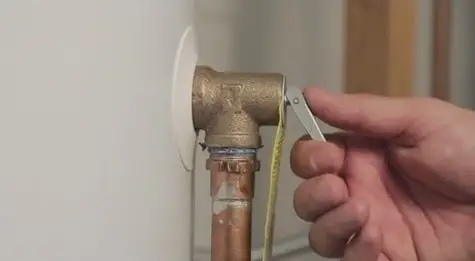
The first reason why your water heater is leaking from the bottom is because of the faulty temperature and pressure relief valve. The main purpose of the T&P valve is to release pressure if the water in your water heater gets too hot or if the pressure inside the tank is too high. There is a discharge tube inside the T&P valve that is connected from the valve to the floor. The reason why this valve is placed downwards to the floor is for safety reasons.
In the case that there is a puddle of water at the bottom of your water heater tank, make sure to see if there is moisture at the bottom of the discharge tube. If you find a certain amount of water at the bottom of the tank, the problem is related to the temperature & pressure relief valve. The T&P valve has too much pressure in the tank or it is faulty.
In the rest of this article, we will explain how to test the valve and make sure to identify the problem. To fix this problem you’ll need to replace the T&P valve or calling a professional plumber to fix the internal pressure problem. Since the T&P is a safety device that is installed on your water heater, this issue needs to be fixed as soon as possible.
Please watch the following video to see how you need to replace the temperature and pressure valve.
2. Drain Valve
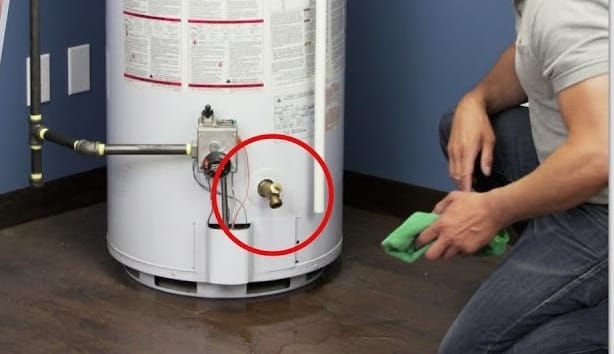
A drain valve is placed on the bottom of every water heater tank. The main purpose of this valve is to drain the water from the tank to replace the water heater or to perform regular maintenance. Remember that the water heater tank needs to be regularly drained to prevent sediment from accumulating inside the tank.
If this isn’t done, there is a possibility that over time the damage will occur inside the tank. Therefore, if water is pooling from the bottom of your tank, then there is a drain valve leak.
How to Replace a Drain Valve:
Here are 2 issues related to the drain valve problem:
- Faulty Drain Valve
If you notice that the leak is coming from the nozzle, the problem may be that the valve is not fully closed. A small leak can also occur if something hits the handle on the drain valve. Before you start repairing the valve, be sure to tighten the knob by hand.
If the problem with the nozzle continues to occur, then the drain valve needs to be replaced. To stop the leak, just screw a brass garden hose cap on the end of the valve. This is only a temporary solution, and you should definitely purchase a water sensor alarm to alarm you if any future leak occurs. These sensors are very cheap, and they can help you a lot. You can find them here on Amazon.
- Leaky Drain Valve
The drain valve needs to be replaced as soon as you notice that there is a leak from the base of the valve. If you do not react to this immediately, the leak will only get worse over time. The reason is that the valve isn’t water-tight. We recommend calling a professional to change the drain valve if you are not sure how to do it properly. In the upcoming video, you will see an example of how this can be done if you decide to do it yourself.
3. Internal Tank
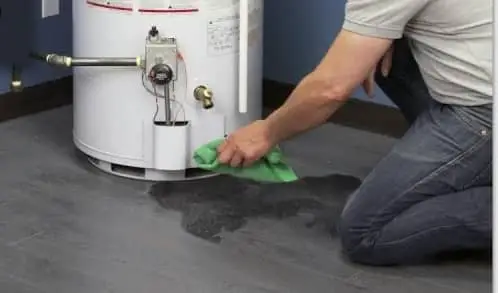
An internal tank is a place where all the water is stored in a water heater. Therefore, if your tank is leaking, you probably have an internal problem inside the tank that is causing the water to leak out. The main cause of this is usually because there is a build-up of the sediment within the tank. If you do not maintain the tank properly, the sediment will cause the steel tank to crack and rust. This can be avoided by regularly draining the tank.
In most cases, when the water is leaking from the tank, it means that you’ll need to replace the water heater with a new one. Therefore, it’s best to call a professional to check the leak and see if something can be done before you buy a new water heater model.
NOTE! Be sure to do the regular maintenance of your water heater. This way, you’ll expand the life of your water heater. You can do this by flushing and checking the anode rod at least once a year. That way you’ll prevent sediment build-up.
Related Article: Furnace Turns On Then Off After A Few Minutes: Find Out Why
Prevent Further Water Damage
After the leak is detected, you’ll need to close (turn OFF) the water and power to the water heater. By doing this, you’ll prevent any further water damage that could occur. Look for the label (emergency shutdown) that is usually located on your water heater. If you can’t find the label on your water heater, then follow the instructions below:
Turn Off the Power
- Electric Water Heater – On the main electric panel turn OFF the breaker for the water heater. It’s usually connected to a 240V circuit breaker (no other home appliance is connected to the same breaker).
- Gas Water Heater – Locate the ON/OFF buttons, that are usually placed at the bottom of the water heater. Make sure to turn OFF the button of water heater.
Turn Off the Water Supply
- Look for the dial or the lever that is usually placed on the water supply inlet.
- On the top of your water heater, you’ll find a water supply inlet. In that place, the water is entering the tank where it is then heated.
- By turning the dial clockwise or placing the lever in the closed position, you’ll turn OFF the water supply.
Here is a great video that explains what you need to do if your water heater is leaking from the bottom:
Usually, water heaters can last up to 10 years. If you have an old water heater that is leaking, it is recommended to buy a new one.
For those who want to know more, you can also read, Water Heater Expansion Tanks: Plumber Explain.
FAQ: People Also Ask
Is A Leaking Water Heater An Emergency?
When your water heater is leaking, it’s a sign of a major problem. This could even lead to an explosion in the worst-case scenario due to too high pressure. Therefore, if you notice leaking from your water heater, call a professional plumber right away.
How Long Will A Water Heater Last After It Starts Leaking?
After you notice that your water heater is leaking, you need to fix it or replace a whole unit as soon as possible. As a general rule, a water heater can last up to 10 years if maintained regularly. The older models of water heaters can break down much faster.
Can I Still Shower If My Water Heater Is Leaking?
You can take a perfectly safe shower if your water heater is leaking. Even though a leaking water heater can give you a dangerous vibe while you take a shower, you don’t have to worry about it and postpone showering.
Final Thoughts
Once you’ve located where the leak is, you can determine if you will fix this problem by yourself or call a plumber. If the leak occurred at the temperature and pressure valve or on the drain valve, you’d probably be able to solve and fix the problem yourself. However, if the problem is in the internal tank and is leaking, you’ll need to buy a new water heater. I hope that this article helped you, and if you have any other questions, feel free to contact us.


